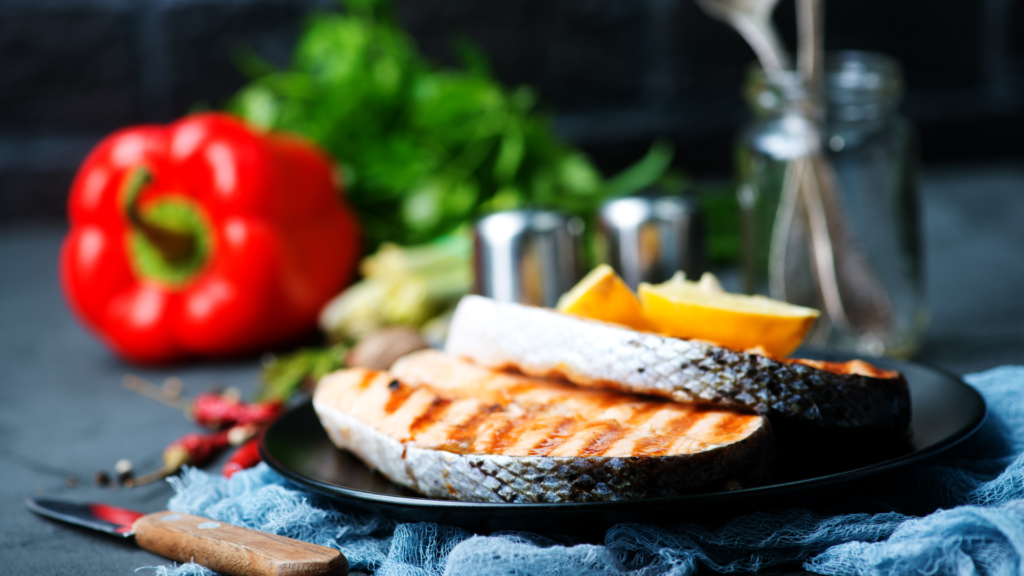SHARES

There are a ton of different brands of cereals out there in the supermarket shelves. But are they really healthy? Do we even realise how much junk we are actually eating in the name of “healthy”? How healthy is your breakfast cereal? Let’s break this myth.
Breakfast cereals are made from processed grain. It is often eaten with milk, yogurt, fruit or nuts. These cereals usually are fortified with vitamins and minerals. This means externally adding nutrients to make it more nutritious. Here’s how breakfast cereal is made:
Processing: Grains are usually processed into fine flour and cooked. Mixing: Mix flour with sugar, chocolate and water.
Extrusion: Many breakfast cereals are produced by extrusion. This is a high temperature process that uses machines to shape the grain. The grains are then dried.
Shaping: Finally, the grains are shaped into shapes such as balls, stars, rings or rectangles. Breakfast cereals can also be puffed, peeled or chopped. The grain can also be coated with chocolate or icing before drying.
Breakfast cereals are sold in large quantities because they are assumed to be healthy. You can find various health statements printed on the box. This includes misleading arguments such as “low fat” and “whole grains.” However, when you look at the list of ingredients, the first few are often refined grains and sugar.
Examples of misleading statements are “whole grain” cocoa puffs and “whole grain” Froot rings. These products are unhealthy simply because they are loaded with refined stuff, sugar and ultimately contain a small amount of whole grains.
These are highly processed foods loaded with sugar. A small amount of whole grains will not be able to cover up for the harmful effects of other ingredients. However, one major problem is that people actually believe these claims.
A huge problem is that food manufacturers have become experts in marketing to children. The companies use bright colours, cartoon characters and other misleading information to attract children’s attention as well as adults’. Not surprisingly, this will lead children to associate breakfast cereals with entertainment. This also affects taste preferences.
Research shows that children like the taste of foods that have popular cartoon characters on food packaging. Food marketing is even considered a risk factor for childhood obesity and other diet-related diseases. In addition to the tempting marketing targeted at children, these same products often have misleading health claims. It is a pity that even adults fall for these claims and give in to their children’s demands. If you really have to eat breakfast cereals, there are some tips that can help you choose a healthier (or “unhealthier”) breakfast cereal.
Limit sugar
Ideally, choose breakfast cereals each containing less than 5 grams of sugar. Read the food label to find out how much sugar it contains.
Target high fibre
Breakfast cereal containing at least 3 grams of fibre is best. We all know eating enough fiber has many health benefits.
Check calorie count
Breakfast cereals are often crunchy and delicious, and can easily consume a lot of calories. Measure your diet and use the information on the amount of food on the package as a guide.
Read the ingredients list
Ignore the statement of health on the front of the box and make sure you check the ingredient list. The first two or three components are the most important because the product contains many other ingredients. Look out for heavy sugar and refined grain apart from additives and preservatives.
However, food manufacturers sometimes sneak and may use techniques to hide the amount of sugar in their products. Check to see if sugar is listed multiple times in different names, even if it is not in the first three positions, the product may contain very high sugar content.
You can add in some protein to the cereal. Protein is the most abundant macronutrient. It increases satiety and reduces appetite. This may be because proteins can alter the levels of several hormones, such as the ghrelin and the fuller hormone called peptide YY. A tablespoon of nuts, seeds or some Greek yogurt is a good choice for extra protein. Try to make breakfast at home, try to eat food that is as less processed as possible, has as many natural ingredients as possible.
So what are you having for breakfast today?
References:
by Hridya
A biochemist by education who could never put what she studied to good use, finally found GetDoc as a medium to do what she loved - bring information to people using a forum that is dedicated to all things medical. View all articles by Hridya.






